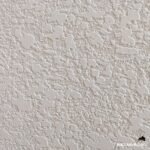Building a retaining wall can be a hectic task, especially when you have never done it before in your entire life but when you start building any kind of wall then you gain so much practical and theoretical knowledge.
You can start building retaining wall, with right tools and information, it is possible to construct a sturdy and durable structure that will last for years to come. The first step in building a retaining wall is to determine its location and purpose.
Personally, We all really love open spaces, because, in open spaces like a garden and a swimming pool, We can spend a good time with family and sometimes with office staffs and feel relaxed with full privacy that’s why in this case retaining wall is play an important roll in our life.
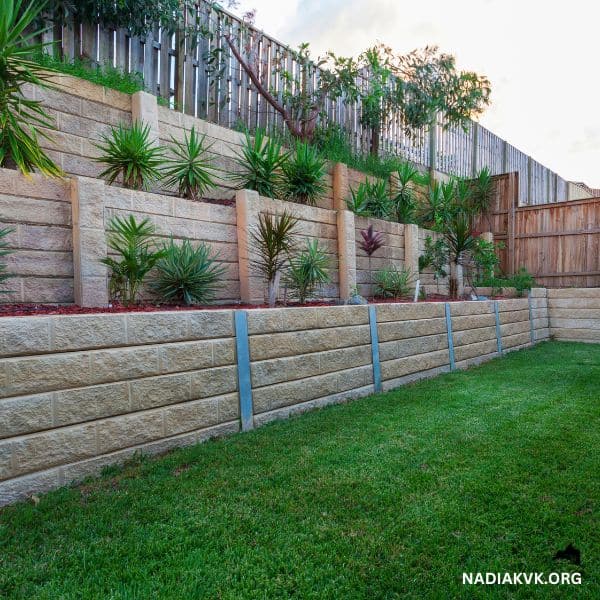
Once you confirmed the location to build a retaining wall, you’ll need to measure the whole area of your land space and you also need to calculate how much material you need for your retaining wall construction.
Mainly retaining walls blocks or stones require, as well as gravel or sand for the base layer. You may also need additional materials such as geo textile fabric and drainage pipes depending on your specific needs. Everyone has their own taste regarding walls that’s why the material for your retaining wall will change accordingly.
Before starting construction on your land, it is important to ensure that your land base is level and compacted. Because this thing will provide a solid base for your retaining wall and prevent any shifting or settling over time.
Materials for Retaining walls

Before knowing about materials you need to know about first you want proper structure for your wall. Are you confuse about structure let us make this more clear to you structures known as retaining walls that are used to hold back soil or other materials and stop them from sliding down a hill or slope, similar to the upside you can see images shown in these posts.
Choosing the proper material for your retaining wall is critical since it will affect the overall strength and endurance of the construction. Concrete blocks, natural stone, wood timbers, and brick are some prominent materials for retaining walls.
Because of its cost and durability, concrete retaining wall are one of the most popular solutions for retaining walls in our area. anyway, concrete blocks come in a variety of sizes and forms, making your project easy to personalize based on your tastes. With the help of those blocks, you may design your construction anyway you like.
Natural stone is also a great choice for retaining walls because of its unique aesthetic appeal. It blends well with the surrounding landscape and can add value to your property’s overall appearance.
Wood timbers offer more rustic look while still being functional as a retaining wall material. This wall requires regular maintenance such as staining or sealing but can last up to 20 years if properly cared for.
See also: Sanded vs unsanded Grout
Naturally occurring stone
From our personal experience retaining walls are a great way to hold back earth and prevent hillsides from eroding. This type of wall also used for keeping gardens, patios, and other land elevated.
Are you thinking to start building a retaining wall then you want to know which material you need for this project and make sure always go with the best quality products for your project. So what’s the best stone for retaining walls? Well, this thing depends on your needs. Rock is often used for its durability and relatively low cost.
But it not always practical because rocks are much heavier than other types of stones. Softer stones like sandstone or limestone are more popular because those stones are lighter. One thing to need to remember that all types of stones require some sort of mortar mixture to keep them in place.
Concrete
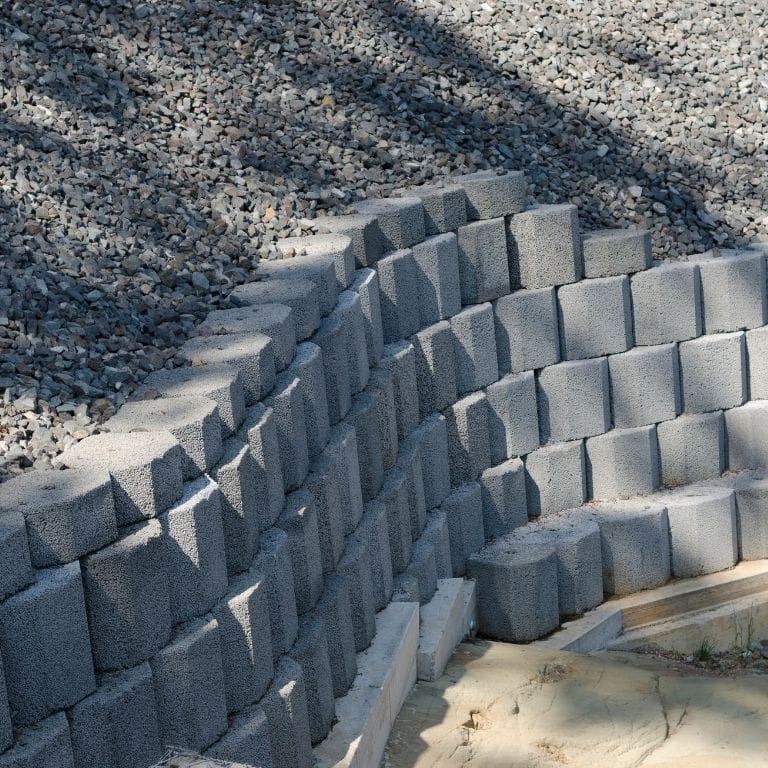
A good retaining wall need right type and placement means you need a good retaining wall structure. You also can find different types of walls, depending on the application and needs on the internet or you can hire professionals for your project so they can help you to build a retaining wall. On sloped land, walls can be constructed to hold back earth, water, or both.
There are many different styles of concrete wall ideas that you could use for your project. Concrete retaining walls may not be as strong as other materials used in construction but they are quite affordable and have a variety of advantages.
See also: Concrete Countertops
Brick

Depending on the project needs, builders use a variety of materials and methods to construct retaining walls. While brick is one of the most frequent materials for retaining walls, it is an ideal choice for specific projects due to its durability and weight-bearing capacity.
See also: How to paint bricks
Railroad ties
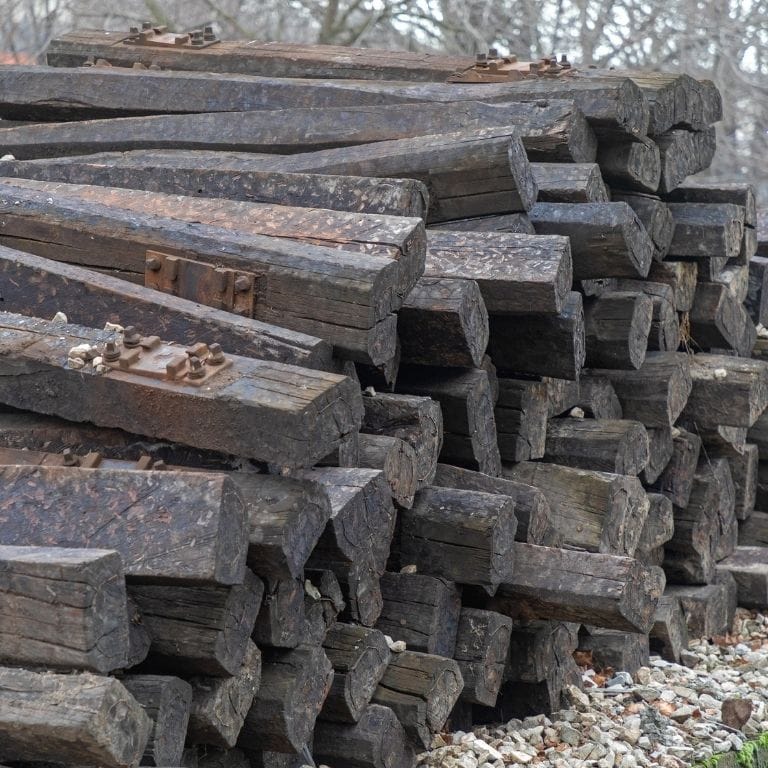
We have some Ideas for retaining walls are utilized to prevent slope erosion and collapse. In addition to its functional usage, this kind of wall can assist prevent your home from collapsing.
Also, don’t compromise on good quality materials and try as much as possible to make sturdy and strong walls so that everyone around you is always safe.
Railroad ties are one type of material that could be used for this. One disadvantage is that this item is rather pfricey, so if you’re on a tight budget, you might want to look into other alternatives.
A simpler option would be to buy cedar boards or other raw materials from your local lumber store, or even use bricks to get the same effect for a more classic look.
Cinder block
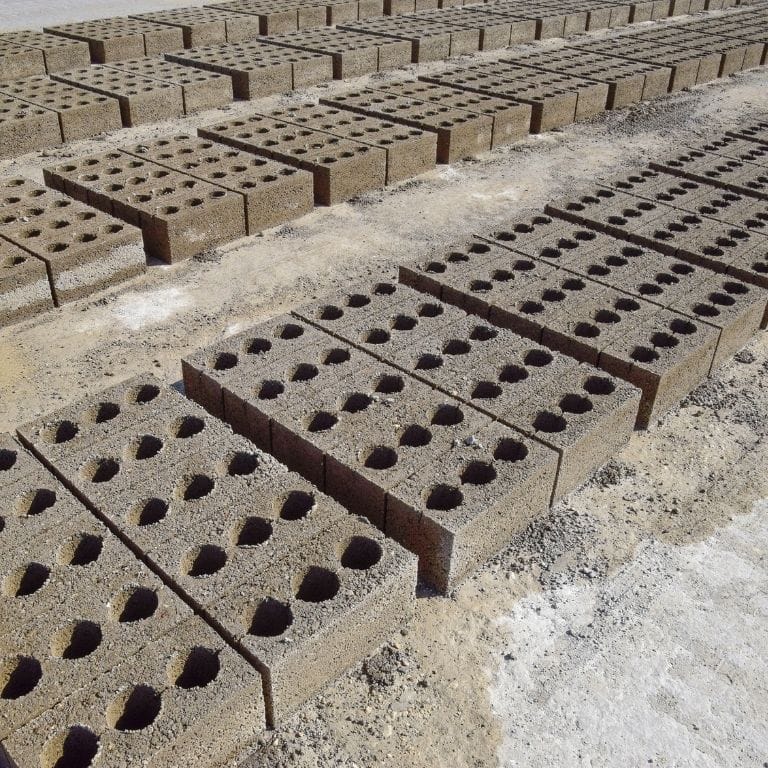
It is a popular construction material for this type of project. These blocks are easy to find and cost-effective, and these can be stacked on top of one another to form an effective barrier that will hold the soil in place strongly like hulk.
Wood
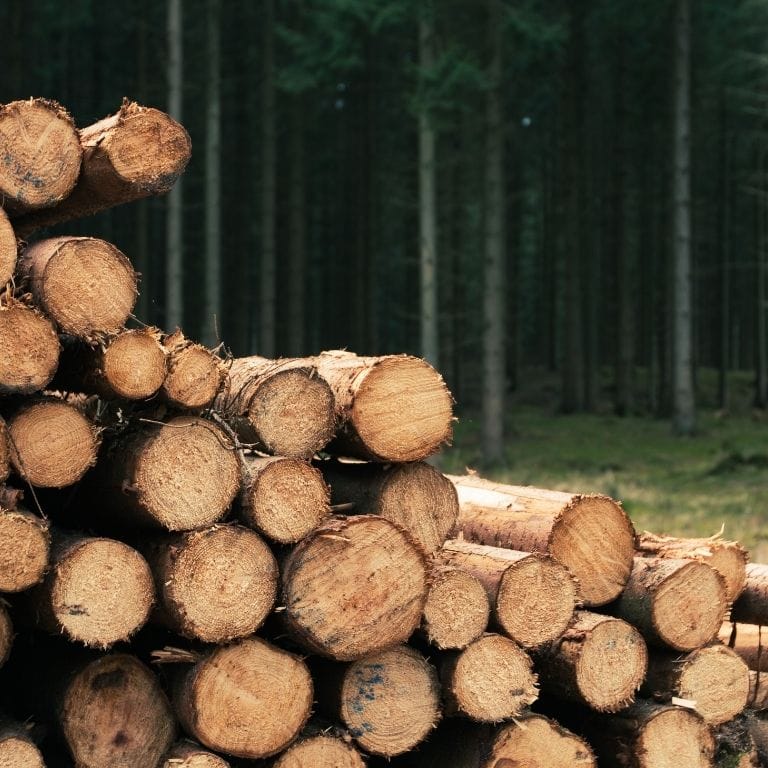
For minor constructions on sloped soil, wood is best. Woods are inexpensive easy to get and simple to set up. While being cheaper than other materials using wood has a number of disadvantages. Wood does not endure as long as stone or concrete blocks, and the pieces are frequently enormous and difficult to handle.
Building Interlocking Retaining Wall Blocks
It is a great way to solve the problem of erosion. First thing you’ll need is a professional design, which will help you decide how many walls you will need to install and what type of material to use.
Once you have completed design, now its time to start construction. Just like Bob the Builder i think you all have seen that cartoon in your school time. Lets dive into, to build a wall that will last for years and years take care and consideration in choosing the right materials. Here are some things to consider:
- Height of the wall.
- Weight load.
- Quantity of eroding.
- Last is Wall Type.
See also: Hydraulic Cement
Retaining walls are structures designed to prevent soil erosion by impeding the movement of water. They are capable of withstanding large loads and are often used in areas to protect residential property, buildings, and roads from runoff.
A retaining wall is constructed with a series of barriers that are concave on one side and convex on the other. This allows the wall to accommodate earth fill from above and have a level top surface.
In order to make it sturdy, it is necessary to provide footings for every 1-2 meters of height. These footings need to be anchored into the ground using concrete or metal posts.



